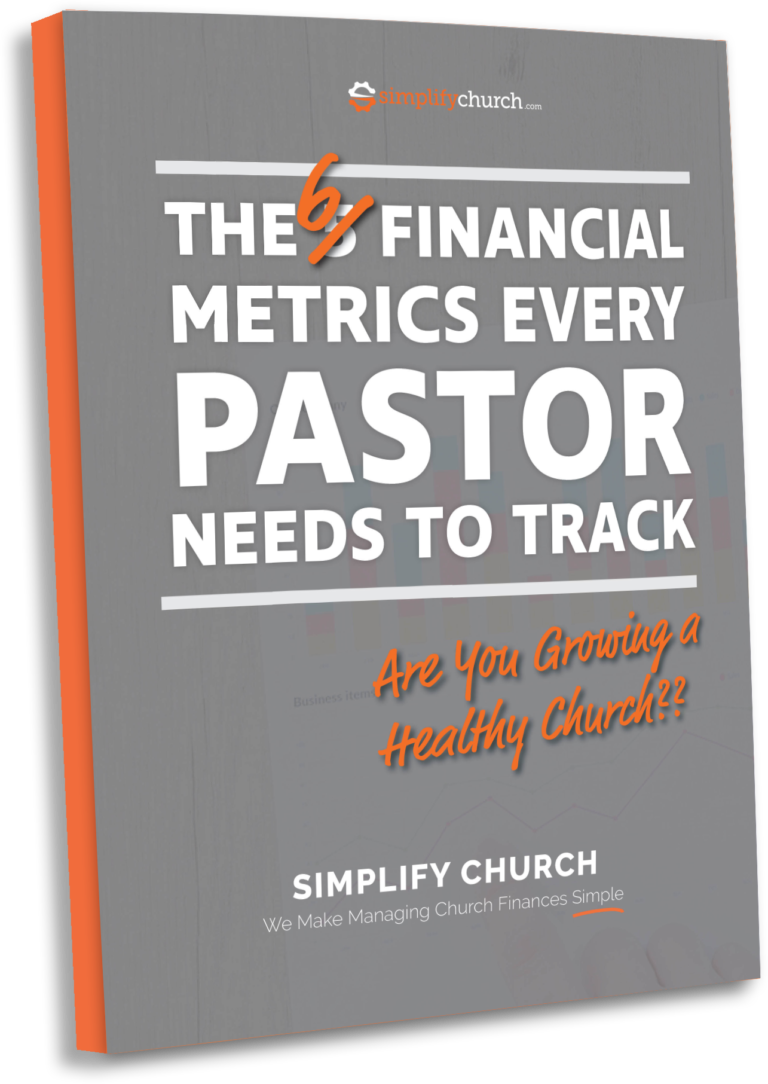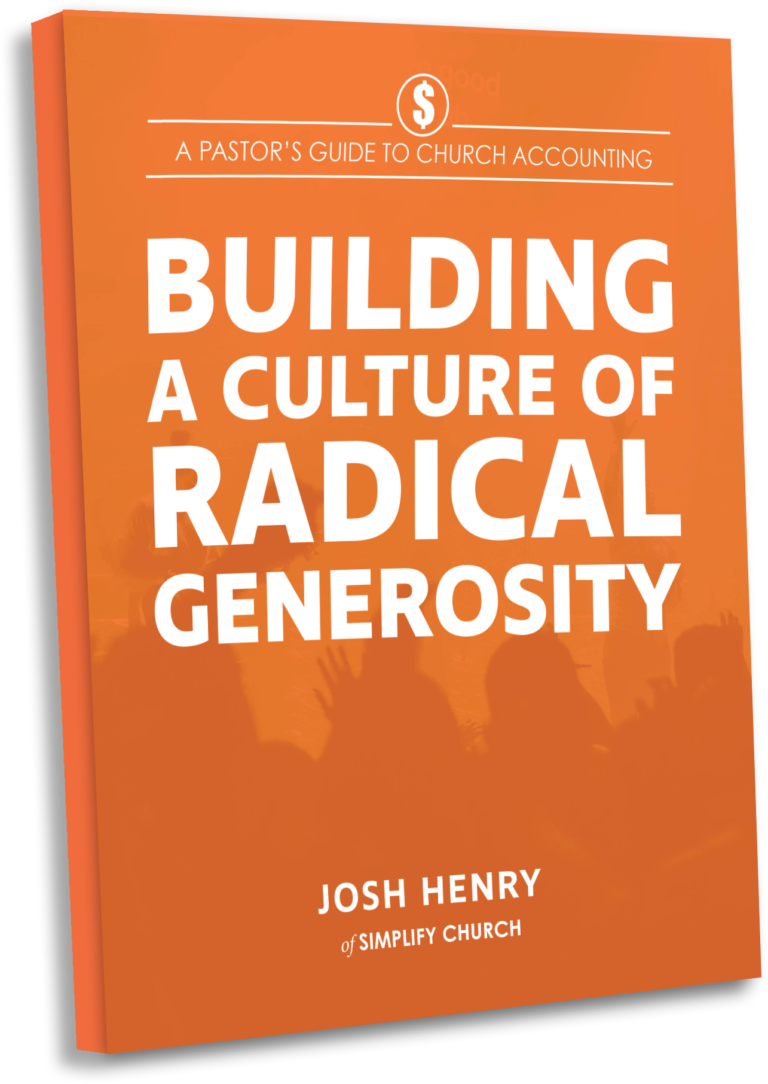
5 Keys To Encourage Generosity In Your Church
Let’s face it, income for a church can be tough. If you’re like most pastors, there’s often a shortage of money at the end of

Let’s face it, income for a church can be tough. If you’re like most pastors, there’s often a shortage of money at the end of

For most churches, December makes up a large portion of budget giving. Studies have shown that in 2017, 23% of online giving for churches happened

I remember in my first pastoral position as I moved up the ranks in the church and first started reviewing the budget I was shocked

As summer approaches days get longer and ministry gets slower. Pastor, if you haven’t already you’ll start to see attendance numbers drop over the next

Church Answers Are churches legally obligated to provide contributions statements or donor receipts every year? The quick and easy answer is no. There is no
We’ll Show You HOW To Find Out And WHY It Matters In This Free Guide!


It’s time to change the way we talk about giving in church!